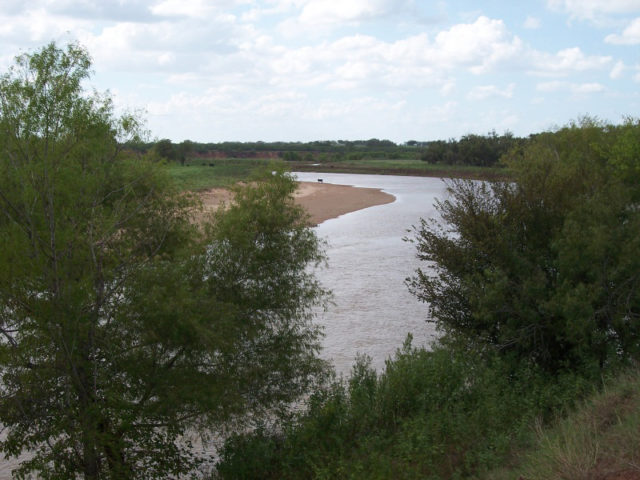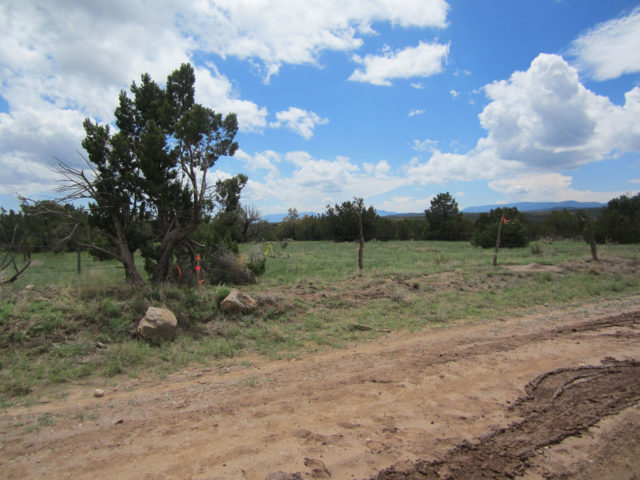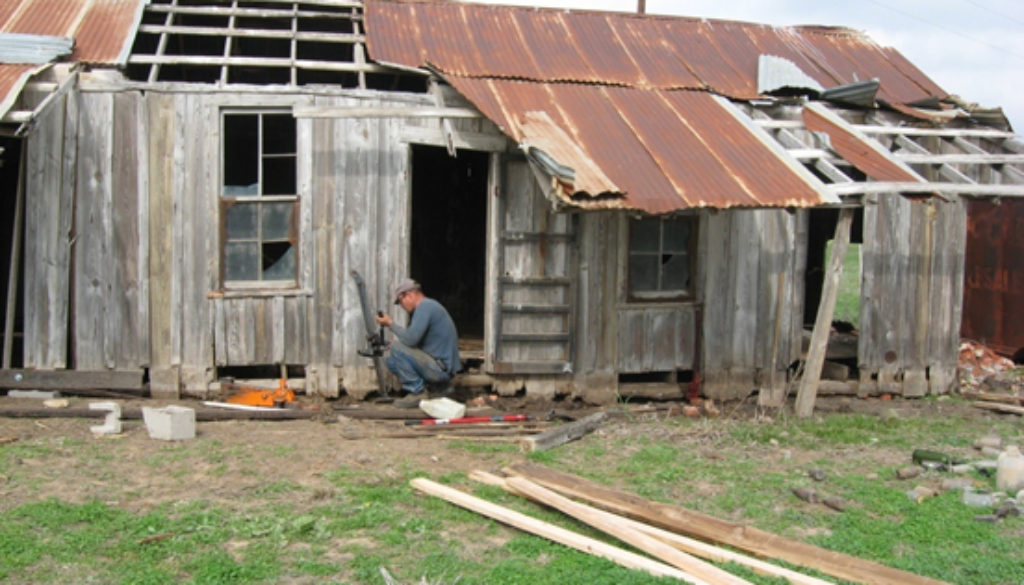Cows Meet Quantum, Lifelong Learning on the Banks of the Brazos
On 1,000 acres of verdant grass and dirt trails 35 miles north of Bryan and strewn with some 200 cows and calves, world-renowned Texas A&M University quantum physicist Marlan Scully is cultivating a vision befitting his nickname, “the Quantum Cowboy” — a farm where he combines cutting-edge laser research with student teaching, from the latest in science to more efficient farming.
People are often curious that a member of the prestigious National Academy of Sciences who literally wrote the book on quantum optics — the application of quantum mechanics to how light interacts with matter — is also a lifelong student of farming, dons a cowboy hat and drives around town in a pickup truck.
“The mystery is not that I’m interested in farming, but that I’m interested in quantum physics,” Scully said. “I grew up in rural Wyoming. My people are homesteaders. My wife’s people are ranchers. I have always appreciated the rural life.”
Making one’s stake
Around three years ago, Scully bought a piece of the historic Salter Farm, named after a local Civil War captain who traded cotton for guns. In their spare time, Scully and his son, Robert, are fixing up the farm, yanking poison ivy and renovating several structures that dot the farm while painstakingly preserving as much history as possible.


Scully wants to use the project as an example of cost-efficient, sustainable farming. The toilet seat in Cpt. Salter’s renovated cabin? Scully picked it up along the side of the road (much to his wife’s displeasure). It works. The matte golden-tan Chevy pickup truck that greets visitors? Scully bought it used for a grand. It needs some work. And then there’s the rusted windmill that Robert so proudly fixed up.
“The point is to show youngsters that they could move outside of city limits, set up a farm and live off the land cost-efficiently,” said Scully, a distinguished professor of physics who also serves as director of the Texas A&M Institute for Quantum Science and Engineering (IQSE).
Groundbreaking feats
Scully, a pioneering force in quantum laser technology, envisions Salter to be just as much “quantum” as “cowboy.” The photonic research developed in his Texas A&M laboratory and being tested in certain instances at the farm has an eclectic range of uses, from increasing the speed and reliability of cancer diagnosis techniques to detecting anthrax in the air, brucellosis in milk and pollution in the water.
Scully’s research uses a groundbreaking technique that builds off Raman spectroscopy in which scattered quantum units of light called photons are measured as they scatter off molecules. The researchers found that a sequence of lasers targeting a particular molecule results in a light pattern unique to a particular substance. This essentially creates a molecular “fingerprint” by which every molecule can be distinguished from every other molecule.
Scully’s farming background made him gravitate toward exploring the potential uses of his technology for agriculture. In such a setting, Raman spectroscopy and methods honed by Scully’s lab allow for the detection of areas within crops such as alfalfa that are stressed by drought or other factors, or the detection of particles of animal fecal matter on strawberries.
Down on the farm
On a recent visit to the farm, one of Scully’s postdoctoral researchers, Dmitri Voronine, snapped off a piece of a dilapidated cabin that until recently was enveloped in poison ivy. Voronine took the wood to his office, where he plans to use a Raman spectrometer to test for traces of poison ivy (the device is handheld and often is brought to the farm).
Scully’s lab is engaged in a variety of interdisciplinary collaborations across campus and the globe to see where his quantum laser technology could be useful. For instance, IQSE researchers are working with scientists in the Department of Toxicology to apply Raman spectroscopy to the detection of aflatoxins, which are harmful byproducts of mold growth invisible to the naked eye.
This and other collaborations are under the banner of a burgeoning field that some call “biophotonics,” a combination of biology and photonics, which is the study of photons. The IQSE recently received a three-year $10.8 million award from the Texas A&M System to bolster a university-wide biophotonics effort that is bringing together interdisciplinary researchers from across the campus to solve major scientific challenges.
“Now we’ll be able to have the best equipment,” Scully said. “We can now put thousands of man hours, maybe more, into engineering devices like a Raman microscope.”
Living the dream
Scully said the idea for a farm in Texas had been in the works for years. For the last 30 years or so, he has hosted students from Texas A&M and around the world at his family’s farm in Wyoming. There, after spending the mornings learning physics and quantum mechanics, students branch out in the afternoons to ride horses, kayak and enjoy nature before ending the day by studying quantum mechanics.
Scully wanted to bring that experience to the Lone Star State. He searched for a place close enough to the College Station campus that had recreational potential and agricultural promise. He found it along nearly five miles of the Brazos River that once served as a labor-intensive cotton planation.
“Salter has many facets to it: It’s interesting historically and there are plenty of recreational opportunities with the Brazos River, lakes and hiking trails,” Scully said. “It will allow us to teach science that’s relevant to human, animal and crop health and show kids how to raise their own crops and cattle in an economic way. That’s the dream, at least.”
Read a previous story about Scully’s research into the detection of anthrax.
To learn more about the Texas A&M Institute for Quantum Science and Engineering, visit http://iqse.tamu.edu/.
# # # # # # # # # #
About 12 Impacts of the 12th Man: 12 Impacts of the 12th Man is an ongoing series throughout the year highlighting the significant contributions of Texas A&M University students, faculty, staff and former students on their community, state, nation and world. To learn more about the series and see additional impacts, visit http://12thman.tamu.edu/.
About Research at Texas A&M University: As one of the world’s leading research institutions, Texas A&M is in the vanguard in making significant contributions to the storehouse of knowledge, including that of science and technology. Research conducted at Texas A&M represents annual expenditures of more than $776 million. That research creates new knowledge that provides basic, fundamental and applied contributions resulting in many cases in economic benefits to the state, nation and world. To learn more, visit http://vpr.tamu.edu.
-aTm-
Contact: Vimal Patel, (979) 845-7246 or vpatel@science.tamu.edu or Marlan Scully, (979) 862-2333 or scully@tamu.edu
The post Cows Meet Quantum, Lifelong Learning on the Banks of the Brazos appeared first on Texas A&M College of Science.
